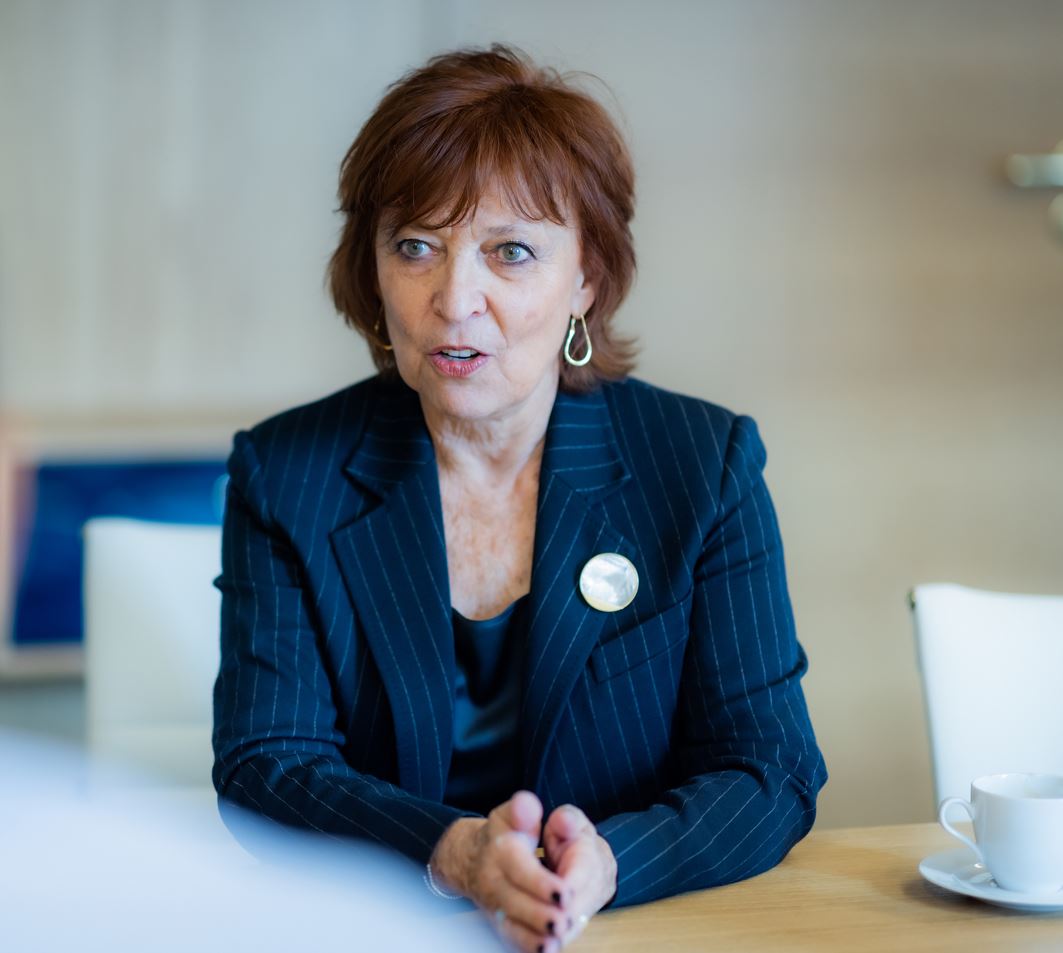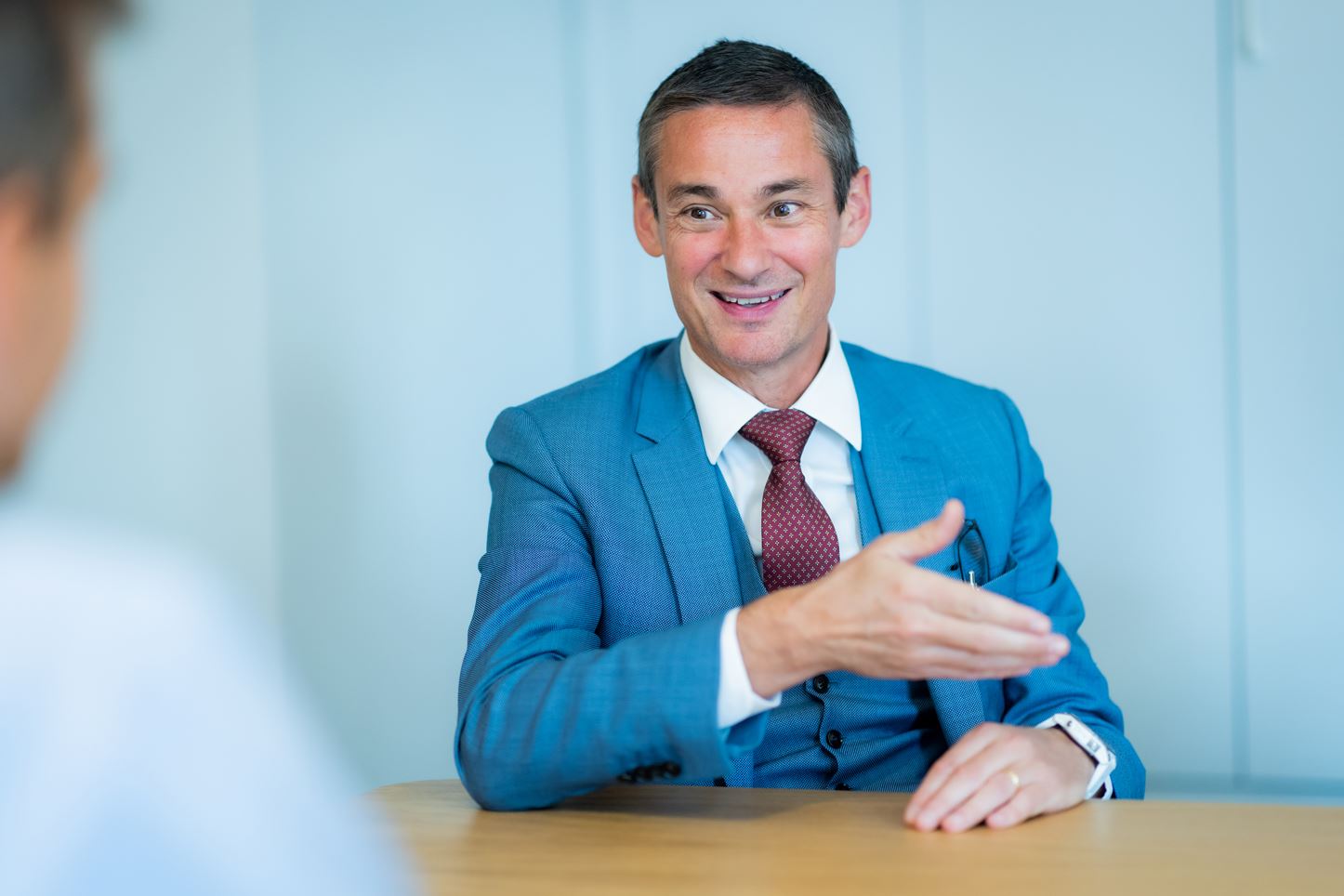What is Money Museum? A playground of decision making!
English"Financial literacy is at the heart of our economies and societies". A conference opened with these words a few days ago in the Hungarian Money Museum and Visitor Centre in Budapest. The "New Era of Financial Education" conference brought together international experts from all over the world, whose vocation is to impart knowledge about the economy and finance. On the day of the conference, Növekedes.hu had the opportunity to conduct a paired interview with Silvia Singer, the head of the Mexican Museo Interactivo de Economía (MIDE), the world's first economic museum, and with Philippe Gineste, the director of the French Citéco, that was established in June 2019 and is therefore one of the youngest in the line of Money Museums.
The specialists of money and economic museums educate general public in an interactive, experiential and fun way. The institutions place special emphasis on financial education for younger people. Which channels and methods do you support the education of society and especially young people?
Silvia Singer: The target audience of the Interactive Museum of Economics (MIDE) in Mexico City is between 15 and 25 years old. We are also targeting not regular visitors and elderly people, as well. I believe that one of our main success lines is that we are able to attract students. This is great age for those that are about to start or have recently started their own financial and economic activities.
In Mexico City there are more than 160 museums. The competition is very high. We have to make economics and finance interesting for the audience. It is important that visitors are able to find something which talks to them.
They are able to choose the most relevant parts of the exhibit that suits their liking or interest best. Taken into consideration the size of our exhibition, we recommend to came back several times.
We have also a succesful methodology for design. For the designers there is a rule, that every single example they are using in games or communication must be connected to everyday life.
The second rule is that the games should lead the visitors through decision making. So, this is a playground of decision making in the field of finance and economics during everyday examples. People feel the museum is talking to them.
Philippe Gineste: It is not easy what we do, because our target people are between 15 and 25 years. Economics for that age is not always attractive. Despite that we have a lot of visitors, who stay a long time in our museum, because there is a lot to enjoy and do.
We have activities for students and parents, as well. You always can find something in our museum. The required length of the visit regarding the main exhibit is 12 hours. In light of this, we can help the audience to choose exhibits which are met for them.
How do you develop the decision-making ability of young people in the financial field?
Silvia Singer: I find it very simple. You are making decisions in every moment. These decisions become financial if you involve money. The key is to find examples or games where every age group can make decisions. We help understand students where money comes from and how to spend money.
The museum also helps visitors of different age groups to adopt the content which they learned. Our explainers are all young people that receives extensive training as part of the educational purposes of the museum.
What is interesting, newer generations are prepared for more complicated topics than adults are.

Silvia Singer, the head of the Mexican Museo Interactivo de Economía (MIDE)
Philippe Gineste: We have a visit for example, which helps explain the functions of money and economics for every age of students. Visitors can also use special activities or use the help of our explainers to have an even better experience.
What are the most important functions and goals of the money and economic museums in your country?
Philippe Gineste: One of our goals is to explain economics whit everyday examples. We try to open the door to a cultural world, and position economics inside cultural activities. We have beautiful places in our museum.
We have also a lot of assets, such as visit guide, music, art and watch-drop to guide people through the journey in our museum.

Philippe Gineste, the director of the French Citéco
Silvia Singer: When we started the museum 20 years ago, we did several research to try to understand what would attract people. We tried to offer something very new.
The first thing we learned is that people had a very negative impression of the concept of money.
When we interviewed them, they said money corrupts, and is not a good thing. This was the first challenge to communicate in a positive way about money.
Time has passed and things are different now. Financial education is being promoted intensively by the private sector.
We recently designed a new museum for the central bank. We used here a red line: money and central bank are based on trust. Money appeared in every culture around the world in the same time and it is not something we have imported. Central banks create trust in societies that money has purchasing power. Trust is key.
What are the most important sections of the exhibitions in your museum? Are they also available online?
Philippe Gineste: Yes. In a few days we will make our exhibitions online. It is important because in France there are 67 million people and only 2 million are living in Paris, where our museum is located. The other 65 million usually don’t come very often to the capital. A virtual visit can make our exhibition available for the broader society.
In addition, we have made several videos available on our you Tube Channel, which can be played in classrooms, and thus we can reach more students.
However, you can have the best experience in the museum with your family, friends and classmates. What's more, we remember best what we do in person.
Silvia Singer: When the pandemic started, most of the museums put their collections online. We were very excited. But do you know what we experienced? People had a very short online visit.
The average online visit lasted around 4 minutes and a very high number of visitors were lost.
Therefore, we needed to find a different design for the online channel.
Moreover, the physical museum is a social experience. The one on the web is more personal, unless we could create a game, where for example people in France could play with people in Mexico. Unfortunately, the museums are poor. We don’t have the necessary resources to develop such social games and give online visits more social experience.
What important educational goals have been set for the coming years?
Silvia Singer: We have been thinking about that in our museum. We are trying to understand what will be different in the upcoming years. We want to bring a more inclusive discourse. To have a successful museum, we have to engage people and talk about things that people care about, for example the economic and financial impact of Sustainable Development.
Today, decisive events are taking place in our societies. I believe we have to talk about real problems not just the fantasy that economies are working correctly.
Our most important goal is to try to allow people to discover what wellbeing is made of. We want to design a new experience that help visitors to discover the pieces of the puzzle that we call wellbeing.
Philippe Gineste: Our very important goal for the next 5 years is to promote economic thinking and economic science in social life.
Have you ever attended a financial conference like “The New Era of Financial Education” before?
Silvia Singer: Yes. There is a group of financial museums that are associated. It is called the International Federation of Finance Museums. We are gathering once a year and they are gathering in Rome right now. It would be great if the Money Museum of Hungary would also participate in these international meetings.
International institutions are thinking on current problems and goals. They share their ideas. The world has changed since covid and we need to learn about that.
